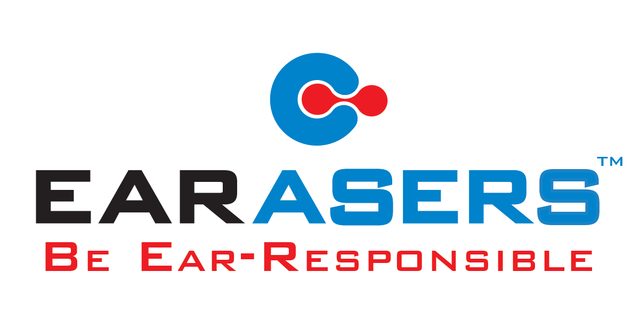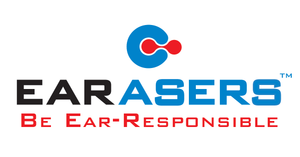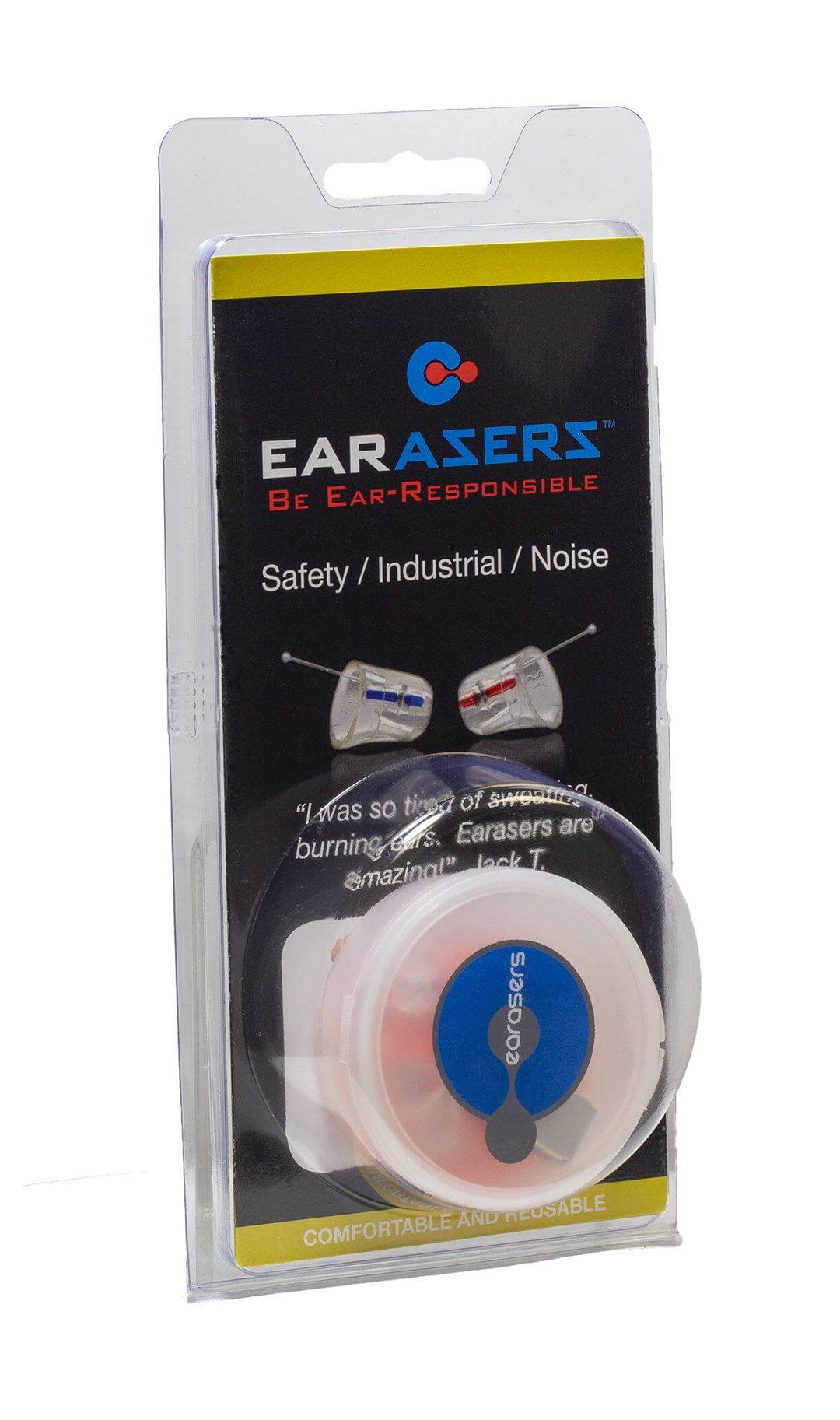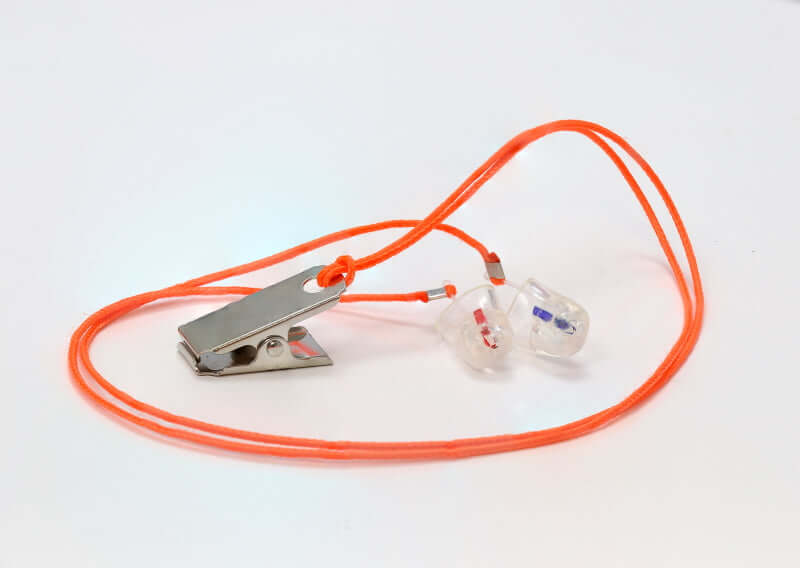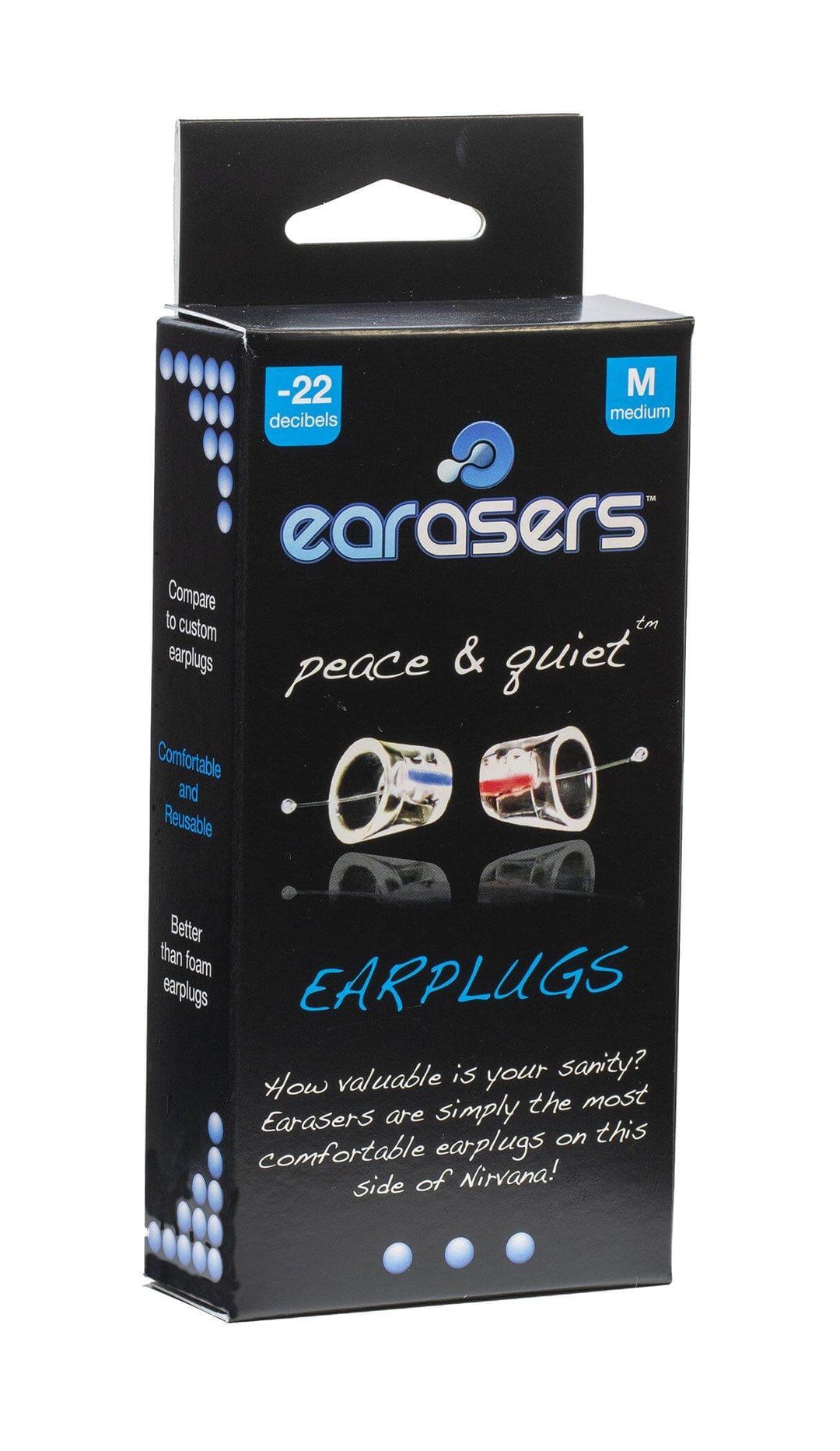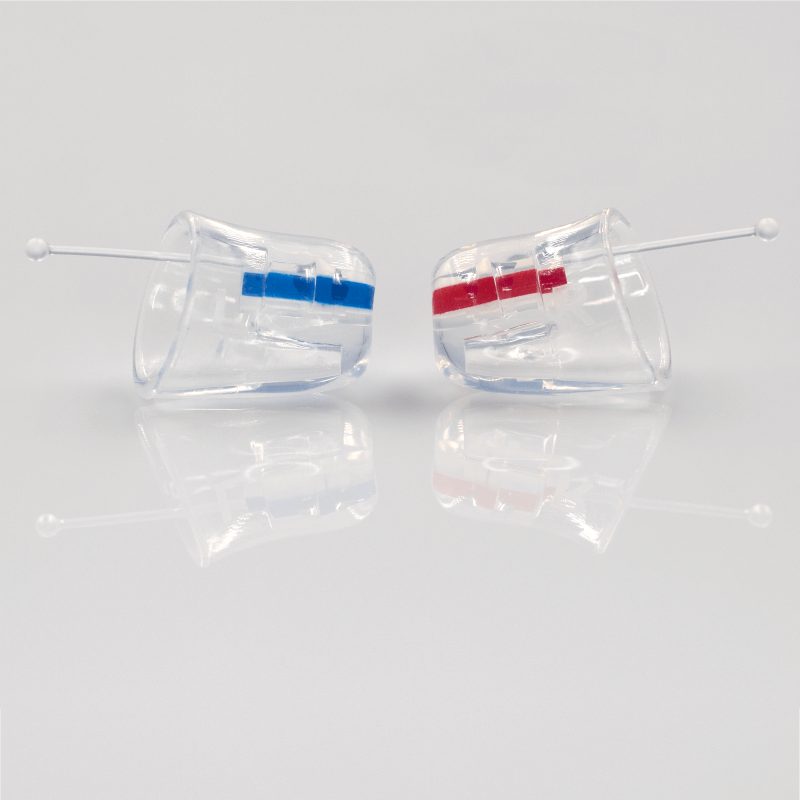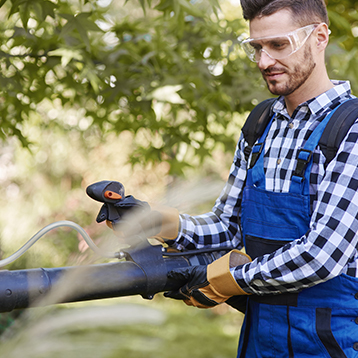
Landscaping and Lawn Care Earasers earplugs
Earasers are the baddest earplugs on the planet - can you dig it!?
Power tools can create noise levels in excess of 100dBs. At that level, you could experience hearing damage in just 15 minutes. Protecting your ears in this environment is necessary, but that doesn't mean you have to be totally shut off from the rest of the world. You still need to be able to hear conversations and environmental sounds to stay safe. Earasers provide a comfortable, reusable, and renewable solution that provides hearing protection while maintaining your ability to hear. Earasers filter loud noise so you can communicate at a safe, comfortable level. Soft, medical grade silicone conforms to the ear canal eliminating the need for expensive custom impressions.
With just the right amount of protection, you can enjoy invisible comfort and protection all day long.Earasers don’t plug up your ears and muffle sound like conventional earplugs and earmuffs.
Lawn care, power tools, and effective hearing protection
Hearing protection is crucial when using lawn care equipment and power tools, as these tools can generate loud noise levels that can potentially damage your hearing over time. The specific hearing protection requirements for lawn care and power tools may vary depending on factors such as the type of equipment, noise levels, and local regulations. However, here are some general guidelines:
1. Determine the Noise Levels:
- First, assess the noise levels of the equipment or power tools you will be using. Noise levels are typically measured in decibels (dB).
- Many lawn care and power tools can produce noise levels well above the safe exposure limits, which is usually around 85 dB for prolonged exposure.
2. Select Appropriate Hearing Protection:
- Choose the appropriate hearing protection based on the noise levels and the duration of exposure.
- Options include earplugs (disposable or reusable), earmuffs, or noise-cancelling headphones designed for hearing protection.
- Make sure the chosen hearing protection has an appropriate Noise Reduction Rating (NRR) that effectively reduces the noise to safe levels.
3. Wear Hearing Protection Consistently:
- Whenever you use loud lawn care equipment or power tools, always wear your selected hearing protection consistently.
- Properly insert earplugs or wear earmuffs according to the manufacturer's instructions.
4. Pay Attention to Local Regulations:
- Some regions or municipalities may have specific regulations regarding noise exposure and hearing protection for lawn care and power tool use.
- Familiarize yourself with local laws and ordinances related to noise control and safety.
5. Be Mindful of Tool Maintenance:
- Regularly maintain your lawn care equipment and power tools to minimize noise levels. A well-maintained tool may produce less noise than one in disrepair.
6. Limit Exposure Time:
- Whenever possible, limit your exposure to loud noise from lawn care equipment and power tools.
- Take breaks to give your ears a rest, especially if you're using noisy equipment for an extended period.
7. Educate Yourself:
- Learn about the potential risks of noise exposure and the importance of hearing protection.
- Understand the early signs of hearing damage, such as ringing in the ears (tinnitus) or temporary hearing loss, and take them seriously.
8. Conduct Hearing Tests:
- Consider periodic hearing tests, especially if you are regularly exposed to loud noise in your work or hobbies. This can help monitor your hearing health.
Remember that prolonged exposure to high noise levels, even those generated by seemingly innocuous equipment like lawnmowers or power drills, can lead to hearing damage over time. It's essential to prioritize your hearing health and take appropriate measures to protect your ears when working with loud tools.
